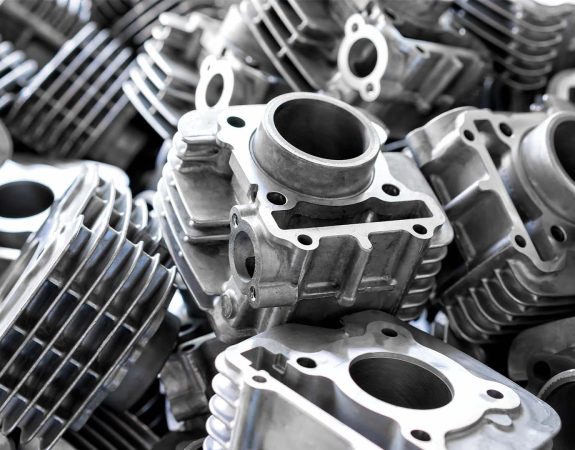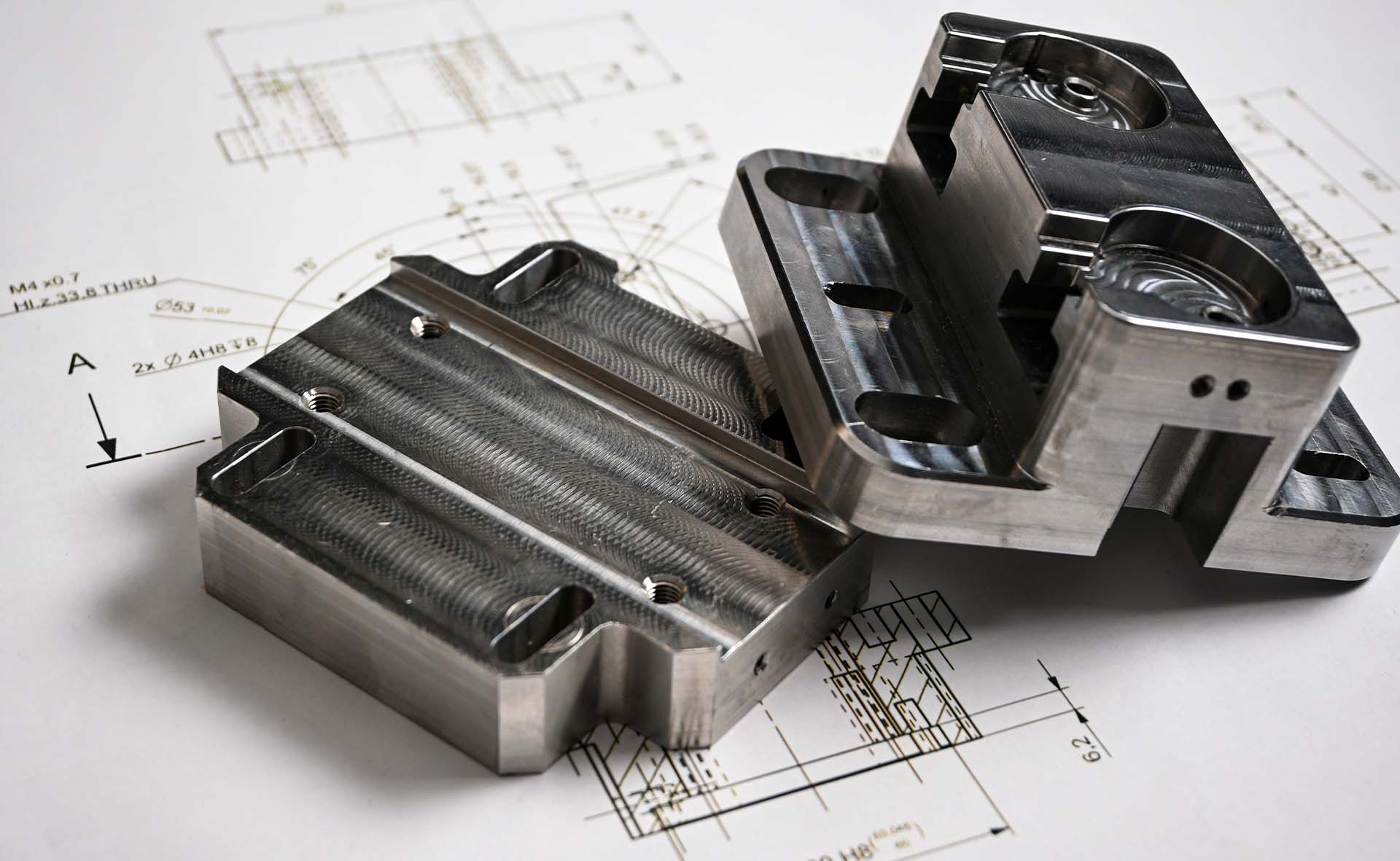If you’re considering die casting for your next project, understanding the cost is crucial for effective financial planning and overall decision-making throughout the product development process. In this article, we will explore the cost of die casting and factors that drive it. We will also dive into how it compares to the cost of sand casting and CNC machining, and guide you on how to estimate the cost your metal part.
Die cast quotes are typically divided into two key parts: Die Cost and Per Part Cost.
The cost of a basic die (or mould tool) for simple parts can range from $3,000 to $10,000. The price for larger, more complex, high-production moulds, or multi-cavity moulds can cost anywhere from tens of thousands to even several hundred thousand dollars.
For small, basic components, per-part costs typically range from $1 to several dollars or more. The price varies depending on the material, size and complexity of the part. For high-volume production runs involving tens of thousands of units or more, economies of scale can reduce costs to as low as $0.10 per part. In general, higher production quantities result in lower per-part costs, material choice also comes into play. To give you a rough idea:

How much die casting costs can vary significantly from supplier to supplier, but most companies employ a similar calculation formula. Below is a complete breakdown of the key factors:

Calculate the cost of your metal part.
Die casting dies are expensive and generally not feasible for small quantities. For quantities below 100, CNC machining is a lower-cost alternative as it doesn’t involve costly tooling and has lower setup costs.
If CNC proves to be expensive due to complex design or programming requirements, sand casting could be a viable option. Sand casting typically offers a lower per-part cost than CNC machining, making it a cost-effective solution for simpler designs or lower precision requirements.
Tell us about your project and send your 3D CAD drawing to our site contact form, and our team will get back with a free die cast quote, which includes cost and lead time, within 48 hours or less.
